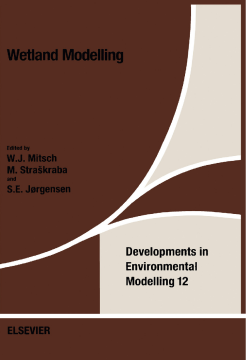
Additional Information
Book Details
Abstract
The study of wetlands is a relatively new field and the modelling of these systems is still in its formative stages. Nevertheless, the editors felt compelled to assemble this volume as a first statement of the state of the art of modelling approaches for the quantitative study of wetlands. A global approach has been adopted in this book, not only by including a wide geographic distribution of wetlands, but also by including papers on both freshwater and saltwater wetlands.
Wetlands are defined as systems intermediate between aquatic and terrestrial ecosystems, and include ecosystems under a wide range of hydrologic and ecologic conditions. The wetland types discussed in this book reflect that heterogeneity, ranging from intermittently flooded wet meadows to permanently flooded shallow reservoirs and lakes. Also included are modelling examples from coastal salt marshes, shallow estuaries, mesotrophic bogs, reedswamps, forested swamps, and regional wetlands.
In summary, the book presents ecological modelling as a tool for management of these sensitive ecosystems, and for studying their structure and function. Each chapter has extensive references related to the modelling approach and wetland type discussed. It will be useful for wetland scientists and managers, and could also serve as a supplemental text on courses in wetland ecology.
... if obtaining greater understanding of advances and problems in modeling specific types of wetlands is your goal, the book is recommended as a progress report and state-of-the-art summation of a swiftly advancing field.
Bioscience
